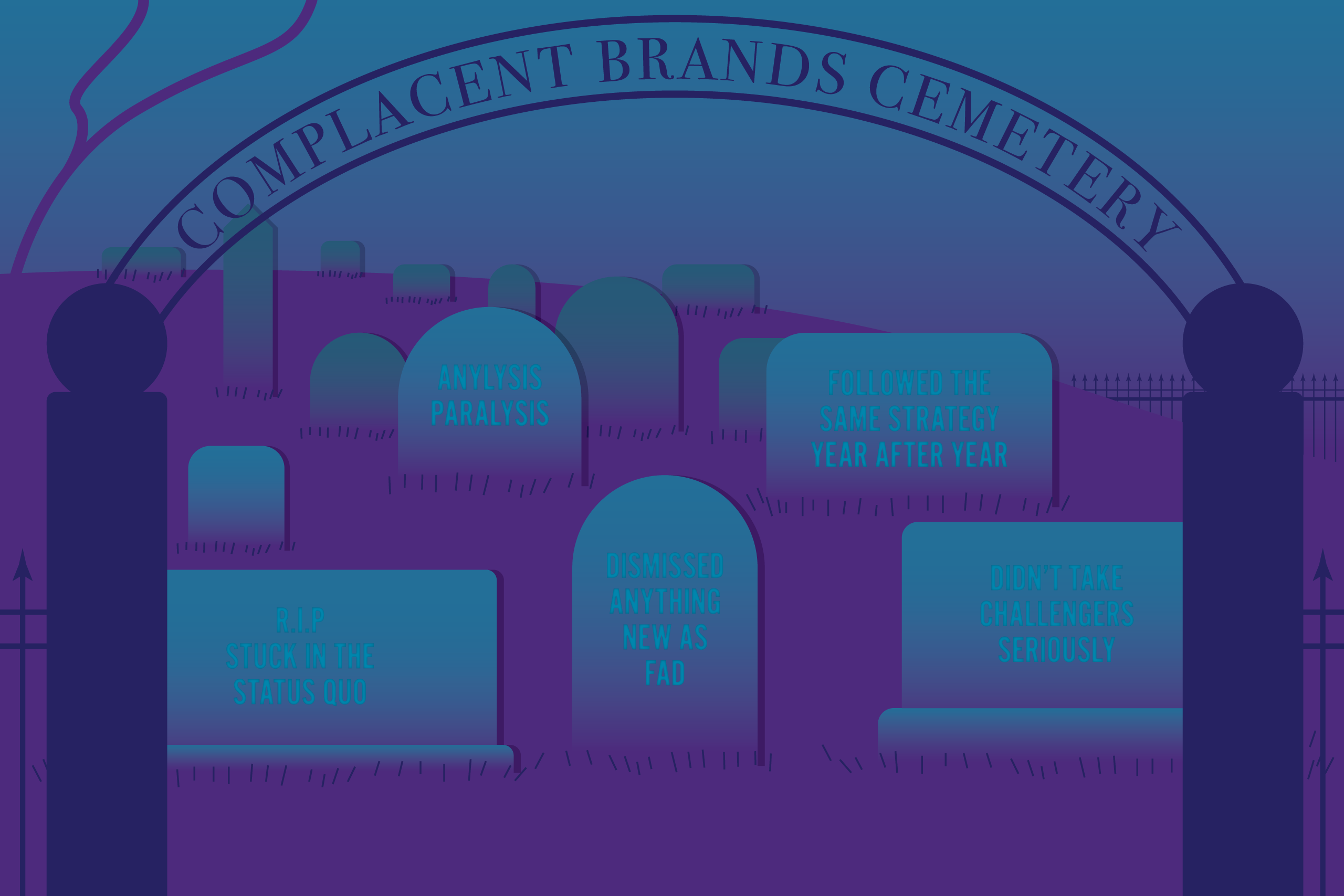
We all understand that, for organisations to be competitive in today’s marketplace, they need to be able to manage disruptive change, the type of change that requires the ability to suddenly shift strategy and composition. Ironically, to keep pace with this type of change, it needs to become a core element of business as usual operations.
Taking that a step further, Randy Ottinger, Executive Vice President (EVP) of Kotter International believes it’s imperative for all organisations to strive for disruptive innovation. By achieving innovation that disrupts the market, you will force your competitors to deliver their own disruptive change strategies in response.
According to Ottinger, at this very moment, there is a high probability either your organisation is disrupting other companies, or you’re being disrupted yourself.
The research tells us, that for an organisation to meet these challenges, it needs its workforce to become agile and adopt agile thinking. But what does an agile workforce and agile thinking look like? How does a workforce become agile? Is there an authority on workforce agility?
Unfortunately it’s not that simple. Our recent review of workforce agility literature, found limited research, with most focusing on the speed and flexibility of workforce agility from an operations perspective.
How do you create agility?
The research available concludes that an agile workforce is adaptive, flexible, developmental, innovative, collaborative, competent, fast and informative in nature1. A study, conducted in 2008, on how to improve workforce agility, identified the following management strategies2:
- Foster a workplace environment that encourages autonomy and empowers employees to seek their own solutions, make decisions and take calculated risks.
- Provide clear expectations and direction to encourage confidence, which is critical for the development of agility.
- Establish a collaborative culture and provide opportunities for collaboration amongst employees and external groups, such as suppliers and customers.
- Increase role scope to provide a variety of tasks and responsibilities, which can be achieved through implementing matrix organisational structures.
Another strategy I would add is to establish and facilitate innovation forums – setting up innovation/problem solving teams (or events) to address specific organisational challenges and/or opportunities, assigning targeted roles within those groups and facilitating short, sharp workshops where the challenge is solved or opportunity progressed quickly to approval and implementation.
Essentially, if our workforce has these traits, our organisation is potentially agile enough to effectively embrace disruptive change, and generate disruptive innovation.
The Pace of Disruption
The definition of agility is the ability to move quickly and easily. Therefore, it’s important to respond to disruptive change or a competitor’s disruptive innovation quickly and decisively.
The fact that disruption tends to develop gradually over time is one of the main reasons market incumbents often don’t perceive disrupters as a credible enough threat to warrant a response, and are overlooked.
An article in the Harvard Business Review discussing disruptive innovation details the example of Netflix and how it destroyed Blockbuster3. When Netflix launched in 1997, its initial service wasn’t appealing to the majority of Blockbuster’s customers, who typically rented movies (primarily new releases) on impulse. Netflix customers could only access services online, and movies they wanted to watch were mailed to them via the postal service. This delay was certainly one of the reasons Blockbuster chose to ignore their competitor.
As new technologies allowed Netflix to shift to streaming however, the company became far more appealing to Blockbuster’s customer base. Netflix offered unlimited streaming of movies and television shows, for a monthly cost of what approximately two overnight new release rentals were at Blockbuster. In 2015, approximately 42.5 billion hours of streamed content had been consumed by its customers. By the fourth quarter of 2016, Netflix had a global subscriber count of approximately 86.7 million people, 34 million of those are from non-US countries. Blockbuster went bankrupt in 2010 and by 2014, Netflix was worth $28 billion dollars, about ten times what Blockbuster was worth at its prime.
Finding the Balance
Ultimately, agile organisations manage change disruption and instigate disruption innovation at the same time.
In a recent book, published by Dr John Kotter, he describes this methodology as a “dual operating system”, which allows management to maintain structure and systems whilst simultaneously allowing the organisation ample opportunity to develop innovation opportunities.
Another Harvard Business Review article discusses disruptive change, and the importance of leaders being able to identify what an organisation is capable and incapable of handling4. Not all businesses will have the resources to both manage change disruption and instigate disruption at the same time. However, in order to keep up and thrive in today’s marketplace, it is imperative to find the delicate balance to achieve short-term financial results, and the agility to quickly seize new windows of opportunity. As Randy Ottinger explains5:
“If there is not enough management in the organisation, crucial breakdowns occur in the day-to-day operations. If there is not enough innovation, change do not occur quickly enough, your people can lose their passion, your products can become outdated – and worse, your business can become irrelevant.”
References
- Muduli, A. (2013). Workforce Agility: A Review of Literature. IUP Journal of Management Research, Vol 7, No 3
- Sherehiy, B. (2008). Relationships Between Agility Strategym Work Organisation and Workforce Agility. ProQuest Dissertations Publishing. UMI Microform 3308333
- Christensen, C., Raynor, M. & McDonald, R. (2015). What is Disruptive Innovation? Harvard Business Review. Retrieved from: https://hbr.org/2015/12/what-is-disruptive-innovation
- Christensen, C. & Overdof, M. (2000). Meeting the Challenge of Disruptive Change. Harvard Business Review. Retrieved from: https://hbr.org/2000/03/meeting-the-challenge-of-disruptive-change
- Ottinger, R. (2013). Disrupt or Be Disrupted. Forbes. Retrieved from http://www.forbes.com/sites/johnkotter/2013/04/03/how-to-lead-through-business-disruption/#4d0d413470b6






